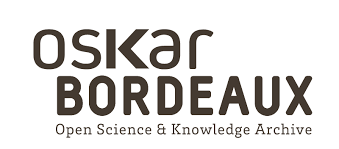Bone Mineral Density Evolution and Its Determinants in Long-term Survivors of Childhood Acute Leukemia A Leucemies Enfants Adolescents Study
Résumé
This prospective study aimed to analyze determinants that can influence bone mineral density evolution in childhood acute leukemia survivors. Patients included were selected from the long-term follow-up LEA cohort and had dual energy radiograph absorptiometry scan between 10 and 18 years and after the age of 18. All scans were centrally reviewed. Bone mineral density was measured at the lumbar spine, femoral neck, total hip, and whole body, and expressed as z-score. Eighty-nine patients (female 39, lymphoblastic leukemia 68, relapse 25, hematopoietic stem cell transplantation 44, and mean age 15.4 and 20.1 years at the first and second scans, respectively) were studied. The first and second scan z-scores were significantly correlated (P < 10(-3)). Mean femoral neck and total hip z-scores improved significantly between the first and second scans, whereas no significant evolution occurred at the lumbar spine and whole-body level. On the second evaluation, 14.6% of patients had z-score <-2 at the lumbar spine and 4.3% at the femoral neck level. Gender, type of leukemia, transplantation, relapse, cumulative corticosteroid doses, or growth hormone deficiency did not have any significant impact on z-score variation. Younger age at diagnosis (<= 8.5 years) proved an unfavorable risk factor for z-score evolution at the lumbar spine (P = 0.041); the trend did not reach statistical significance for metabolic syndrome (P = 0.054). At the femoral neck, both were associated with unfavorable z-score evolution (P = 0.003 and 0.025, respectively). Patients treated at a younger age and those with metabolic syndrome seem to be at higher risk of bone mineral density decline and should benefit from specific interventions.
Domaines
Santé publique et épidémiologie
Origine : Fichiers éditeurs autorisés sur une archive ouverte





